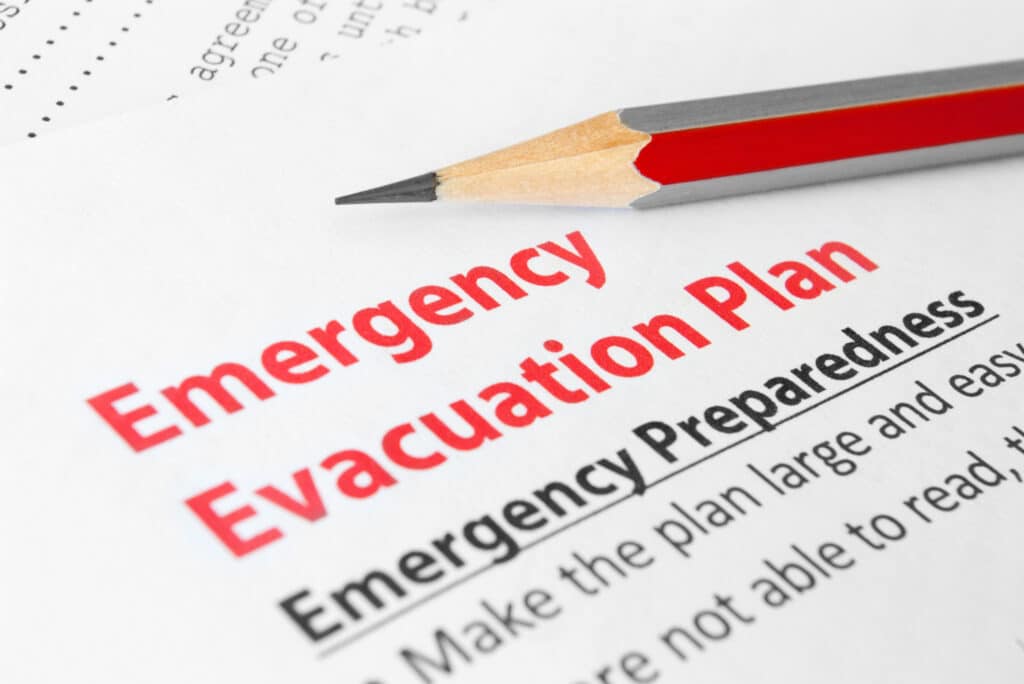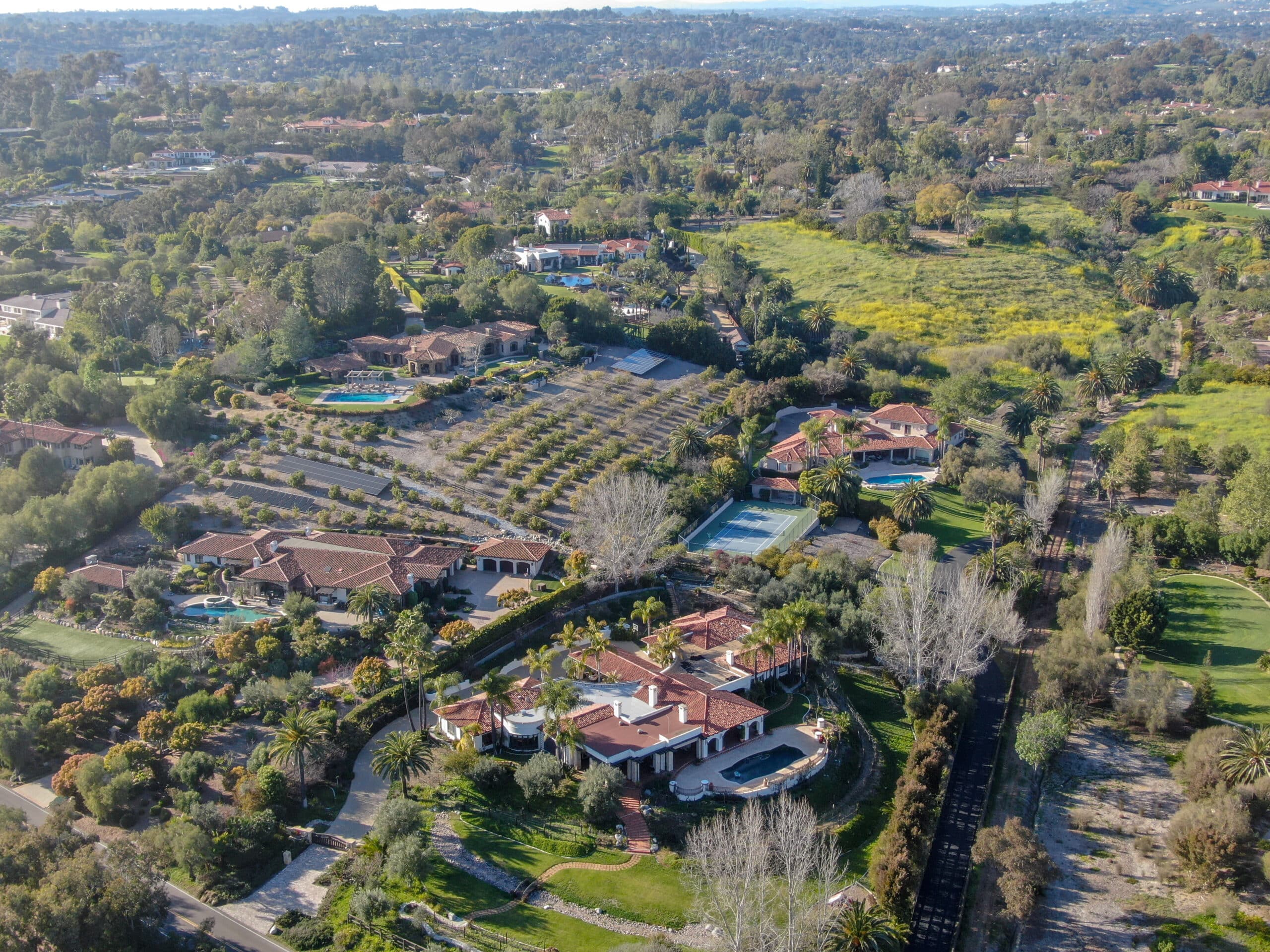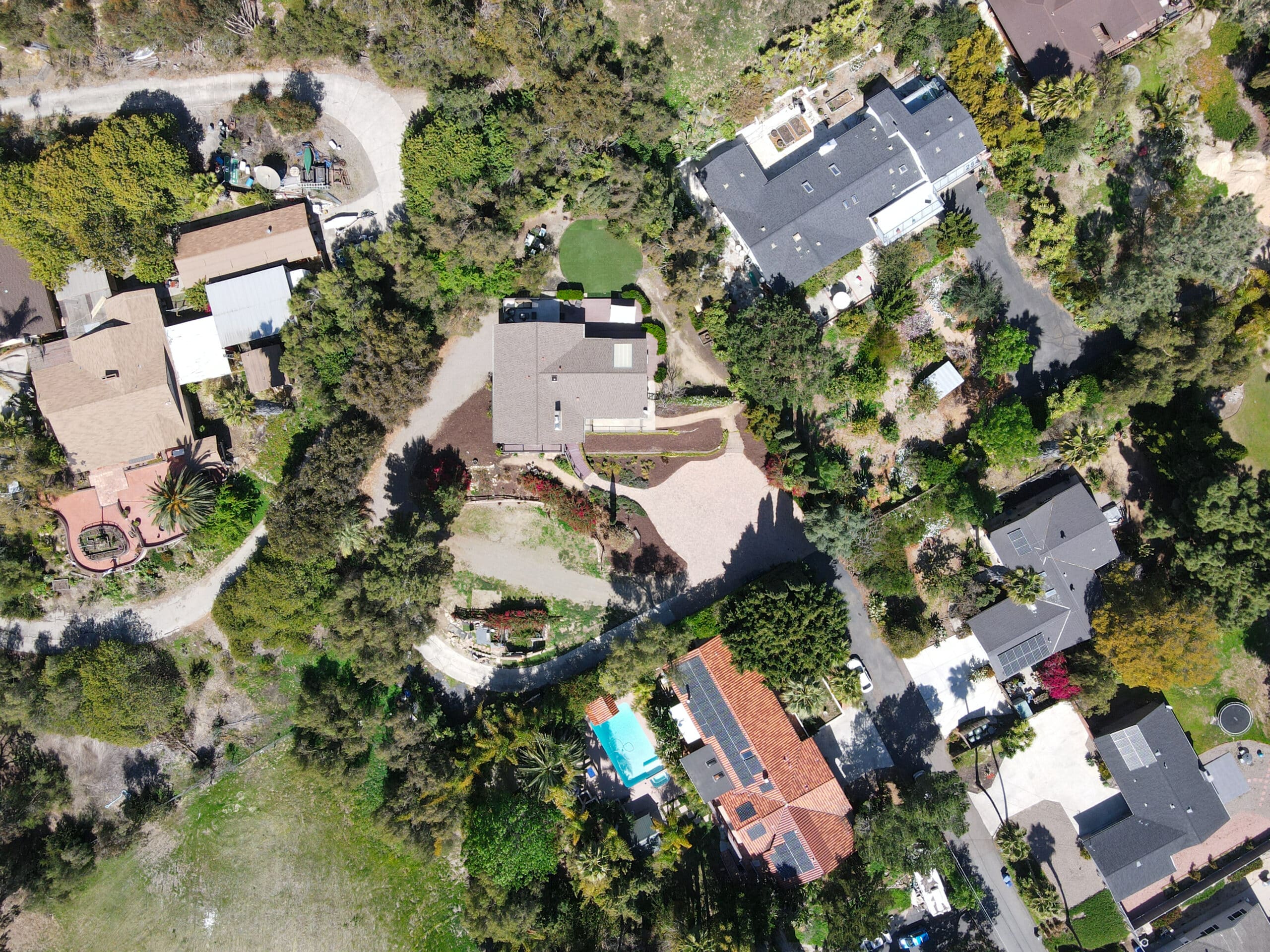Estimated reading time: 6 minutes
Managing and controlling crowds effectively ensures attendees, celebrities, and staff safety and security in large-scale award events. This comprehensive article delves into five advanced crowd-control techniques, underlining their strategic importance and implementation. These methods include barrier systems, strategic positioning of security personnel, and crowd-monitoring technologies. In the bustling atmosphere of high-profile award events, where excitement can quickly turn to chaos, these techniques are crucial in mitigating risks such as stampedes, unauthorized access, and potential acts of violence.
Table of contents
- Understanding Barrier Systems in Crowd Management
- Strategic Positioning of Security Personnel
- Advanced Crowd Monitoring Technologies
- Contingency Planning for Emergency Scenarios
- Integrated Communication Systems
- Access Control and Screening Procedures
- Crowd Dynamics and Behavioral Analysis
- Post-Event Analysis and Continuous Improvement
- Conclusion
Understanding Barrier Systems in Crowd Management
Design and Implementation of Effective Barrier Systems
The design and implementation of barrier systems are crucial in directing and containing crowds at award events. Practical barriers are physical obstructions and strategic tools that guide crowd movement while providing safety and order. The design must account for the size and behavior of the crowd, ensuring barriers are robust enough to withstand pressure yet flexible in terms of emergency access. The placement of barriers is equally essential, as it should facilitate natural crowd flow, reducing bottlenecks and potential flashpoints of congestion.
Types of Barriers and Their Specific Applications
Various types of barriers are used in crowd control, each suited to specific scenarios. Steel barricades, often lining red carpets, provide a sturdy yet visible boundary. Soft barriers, like rope lines, offer a less intimidating separation, ideal for areas requiring a more subtle approach. Transparent barriers are increasingly popular for maintaining visibility and aesthetics without compromising safety. The choice of barrier type should align with the event’s nature, the anticipated crowd size, and the venue’s layout.
Strategic Positioning of Security Personnel
Roles and Responsibilities of Security Teams
The strategic positioning of security personnel is pivotal in crowd management. Security teams must be deployed in a manner that allows them to monitor, react, and communicate effectively. Their roles extend beyond mere surveillance; they act as emergency first responders, guides for crowd movement, and enforcers of event policies. The placement of these teams should be based on crowd density areas, entry and exit points, and high-risk zones, ensuring comprehensive coverage and rapid response capability.
Training and Coordination of Security Staff
Effective crowd control necessitates well-trained and coordinated security personnel. Training should focus on crowd psychology, emergency response, and de-escalation techniques. Coordination is equally crucial, requiring a central command system for communication and decision-making. This coordination ensures a unified response to any situation, maintaining order and preventing isolated incidents from escalating.
Advanced Crowd Monitoring Technologies
Utilization of Surveillance Systems
Surveillance systems play a vital role in crowd monitoring at large-scale award events. High-definition cameras, drones, and other surveillance technologies provide a comprehensive view of the crowd, enabling real-time monitoring and quick identification of potential issues. These systems must be strategically placed to cover maximum areas while ensuring minimal blind spots. Integrating advanced technologies like facial recognition can enhance security measures, especially in identifying and tracking suspicious individuals.
Data Analytics and Crowd Behavior Prediction
Data analytics has revolutionized crowd monitoring by predicting behaviors and potential risk areas. Security teams can anticipate crowd movements and identify unusual patterns by analyzing historical data, social media trends, and real-time surveillance feeds. This predictive approach allows for preemptive action, such as adjusting barrier placements or redirecting security personnel, to avert potential crises before they occur.
Contingency Planning for Emergency Scenarios

Developing Emergency Response Protocols
Contingency planning is critical for handling emergencies during significant award events. This involves developing specific response protocols for various scenarios, such as medical emergencies, fires, or acts of violence. These protocols should outline precise procedures for evacuation, communication, and coordination with local authorities. Regular drills and simulations can ensure that all stakeholders, including security staff, event organizers, and local emergency services, are well-prepared and synchronized in their response to any crisis.
Crowd Management in Emergency Situations
Managing crowds in emergencies requires calm, decisive action from security personnel. This involves guiding the crowd to safety and preventing panic, which can exacerbate the situation. Techniques such as phased evacuation, clear communication through public address systems, and the use of designated personnel to lead and reassure the crowd are essential. Security teams must also be adept at identifying and managing choke points to prevent overcrowding and ensure a smooth, orderly evacuation.
Integrated Communication Systems
Importance of Real-Time Communication
In large-scale award events, the ability to communicate in real-time across various teams and departments is vital for effective crowd control. Integrated communication systems ensure that information flows seamlessly between security personnel, event organizers, emergency services, and attendees. This can include radio systems, mobile apps, and digital platforms that provide instant updates and directives, enhancing the overall coordination and responsiveness of the security apparatus.
Technologies Enhancing Communication Efficiency
Advancements in technology have introduced a range of tools that enhance communication efficiency. Some examples are digital radios with extended range and encryption, wearable tech for hands-free communication, and centralized control rooms with advanced monitoring systems. These technologies ensure critical information is relayed promptly and accurately, allowing for swift decision-making and action in crowds.
Access Control and Screening Procedures
Implementing Effective Access Control
Effective access control is a fundamental aspect of crowd management at award events. It involves managing entry points to prevent unauthorized access and ensuring attendees are screened for prohibited items. Techniques include ticket verification systems, RFID wristbands, and biometric scanning, which streamline entry processes and enhance security. Access control must be efficient to prevent long queues, which can become a security risk.
Screening Technologies and Best Practices
Screening technologies ensure that attendees do not bring harmful items into the venue. Metal detectors, X-ray machines, and explosive trace detection are standard tools. Best practices in screening include trained personnel adept at using these technologies, ensuring privacy and respect during personal searches, and having clear protocols for handling prohibited items or persons of interest.
Crowd Dynamics and Behavioral Analysis
Understanding Crowd Psychology
Understanding crowd psychology is critical to effective crowd management. This involves recognizing how crowds behave under different circumstances, what triggers panic or aggression, and how to influence crowd behavior positively. Security personnel trained in crowd psychology can better anticipate and mitigate issues before they escalate, ensuring a safer environment for all attendees.
Behavioral Analysis Techniques in Crowd Control
Behavioral analysis techniques are increasingly used to identify potential threats within a crowd. This includes profiling individuals based on behavior, movement patterns, and interactions with others. Security teams trained in behavioral analysis can spot anomalies that may indicate a security threat, such as individuals exhibiting nervous behavior, carrying suspicious items, or moving against the flow of the crowd.
Post-Event Analysis and Continuous Improvement
Conducting Post-Event Reviews
After every large-scale award event, conducting a thorough post-event review is crucial. This includes analyzing what went well and what didn’t, gathering feedback from security personnel, attendees, and other stakeholders, and reviewing surveillance footage and incident reports. These reviews help identify areas for improvement and are essential for refining crowd control strategies for future events.
Implementing Lessons Learned
The final step in the crowd control process is implementing the lessons learned from previous events. This might involve updating training programs, revising emergency protocols, investing in new technologies, or altering the layout of the event space. Continuous improvement ensures that each event is safer and more secure than the last, adapting to evolving threats and changing crowd behaviors.
Conclusion
In conclusion, advanced crowd control techniques for large-scale award events are multifaceted, involving a combination of physical infrastructure, strategic personnel deployment, cutting-edge technology, and a deep understanding of crowd psychology. Implementing these techniques requires meticulous planning, coordination, and continuous improvement, but the payoff is a safer, more secure event experience for all involved.












